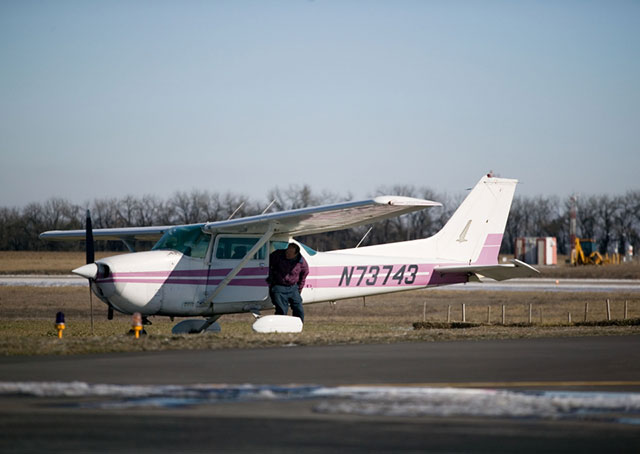
An airliner is holding short for takeoff as a single-engine aircraft touches down on the runway and its pilot attempts a hasty exit, resulting in a loss-of-control accident.
"I felt pressured to exit the runway as soon as possible in order to not inconvenience the controller or airbus crew. This was a self-imposed pressure which was a result of my inexperience in operations at airports within Charlie Airspace," the pilot explained in an accident report.
In another teachable example, a pilot landing at a fly-in fails to make a last-minute correction for a gust of wind, resulting in a "drop-in" landing and aircraft damage. "Due to the implied pressure of all of the landing traffic and the disruption that a go-around would cause, it may have influenced my decision to not attempt a go around when the aircraft first reacted to the wind gust," the pilot recounted.
Note that in both scenarios, the pilots referred to feeling pressured or the implied pressure of the situation as factors that impeded their ability to complete their landing approaches successfully. Both pilots felt they had no choice but to follow courses of action that had a low likelihood of a successful outcome. They felt resigned to giving over control of the situation as a result of the pressure of external factors—real or implied.
These are two instances of the hazardous attitude resignation, discussed in Chapter 17 of the Pilot’s Handbook of Aeronautical Knowledge. Resignation includes this characteristic frame of mind: "The pilot will leave the action to others, for better or worse. Sometimes, such pilots will even go along with unreasonable requests just to be a 'nice guy.'"
When a flight instructor evaluates a student pilot who is being prepared to solo, and later, take a checkride, an important judgment call is to be satisfied that the student will be able to screen out external pressures and make the safe piloting decision based on the needs of the aircraft—even if it inconveniences a third party or requires others in the pattern to practice a little patience.
After all, it’s not likely that another party who pressured you into a bad decision will step forward afterward and claim blame for any accident. But even if someone did, it wouldn’t matter, because the responsibility for safe operation rests with you, alone.



